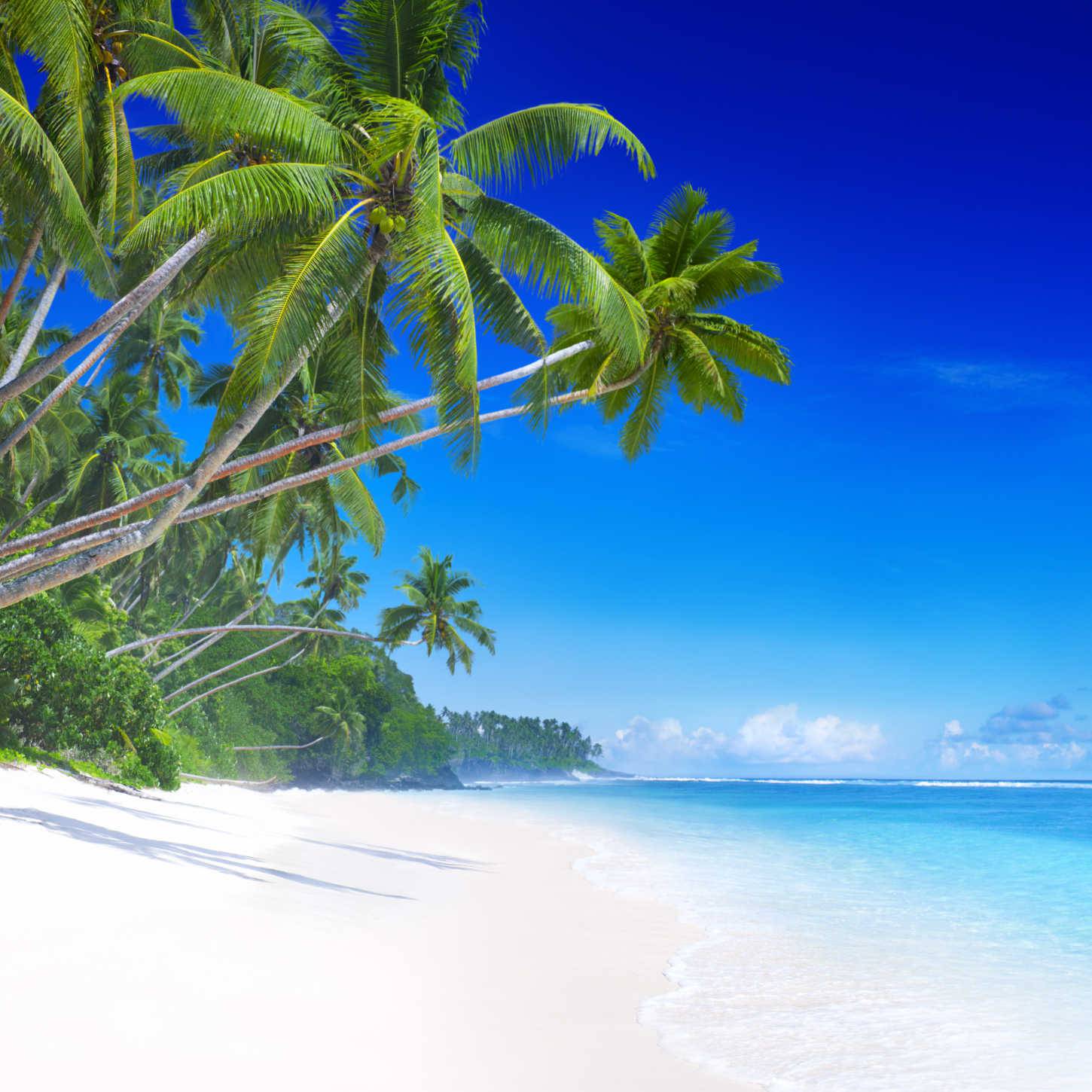More from Beruwela
Main Menu
- 00:00
- 06:00
- 12:00
- 18:00
- 23:00
Beruwela : Next 24-Hour Weather
Today - 19th December 2025
Sunrise 06:13
Sunset 18:00
Tomorrow - 20th December 2025
Sunrise 06:13
Sunset 18:00
Holiday Weather Now
Sorted by popularity:
Updated at 04:00 GMT
-
Temp feels like30°C86°F
-
Length of day11h 47m
-
Pressure29" (1012 hpa)
-
Visibility10 km (6miles)
-
Wind speed5 km/h
Sunrise 06:13
Sunset 18:00
-
Temp feels like:
30ºC (86 ºF)
-
Length of day:
11h 47m
-
Pressure:
29" (1012 hpa)
-
Visibility:
6 miles (10 km)
-
Wind speed:
5 km/h
Beruwela, on the southwest coast of Sri Lanka about 56 km from Colombo, bathes in a humid tropical climate. High temperatures are guaranteed year round. Subject monsoons, the year is split into two seasons, one long wet season from April till November, and a short dry season from December till March. Sri Lanka sits in the Indian Ocean and Beruwela has a western coast on the Gulf of Mannar. The whole area is at risk of hurricanes, with the risk at its highest between April and December.
Beruwela is a typically hot Sri Lankan resort with the average high temperature never wavering below or far above 30°C. Night time temperatures drop to the mid 20s which is not really low enough to be considered a relief. The high temperatures and relentless humidity make Beruwela quite difficult to acclimatise to if from a more temperate climate. Sea temperatures are always high and winds from the northeast create good windsurfing conditions.
The dry season, from December to March, is the preferable time to visit this resort and others in the area, as the weather is more reliably free of rain. The sun shines for around eight hours a day which sees the temperature rising slightly higher, to around 32°C. Windsurfing, parasailing, diving amongst the corals and deep sea fishing are big pulls of the area at this time of year, with calm waters but reliable winds. These winds also provide some relief for sunbathers sizzling on the powder-soft beaches.
The wet season, from April to November, sees a huge increase in rainfall. This usually falls in short but tremendous downpours, sometimes turning into dangerous tropical storms with high winds and flash flooding. Most of Sri Lankaâs rain falls on its mountains, but coastal regions including Beruwela still see their fair share of dramatic weather. While storms are often brief, they are very frequent and the sun is unlikely to come out for the entire day. Beruwela sees an average of six hours of sunshine per day for the majority of the wet season. There are two peaks in rainfall levels, one in May and the other from September to November, with a slight lull in the middle. While hurricanes are rare, this is the period most likely to see one. One thing that is not affected by the wet season weather is the curry. This is exceptional and it would be a sin to visit Beruwela and not eat a local curry for breakfast lunch and dinner.
Beruwelaâs climate is due to its near-equatorial location in the warm Indian Ocean, and Sri Lankaâs mountains which sit behind it. Winds and currents from the Indian Ocean keep Sri Lankaâs coasts cooler than might be expected, though still very high. The monsoon winds that blow in from the Indian Ocean are partially trapped on the northwest side of the island by its mountains. This accounts for the fact that rainfall in north-western regions, including Beruwela, is higher than the southeast. Beruwelaâs coast features a string of small rocky islands which serve as a natural breakwater and keep Beruwelaâs shoreâs waters calm and warm.
The northern coast of Sri Lanka was badly hit by the Tsunami of 2004 and Beruwela was amongst the areas receiving the worst damage. While rich resorts have managed to recover surrounding villages are held back by their overwhelming poverty and lack of aid. Exacerbating the situation is the countryâs violent political unrest which should always be researched before travelling. Sri Lanka is not often a safe place to be.

















